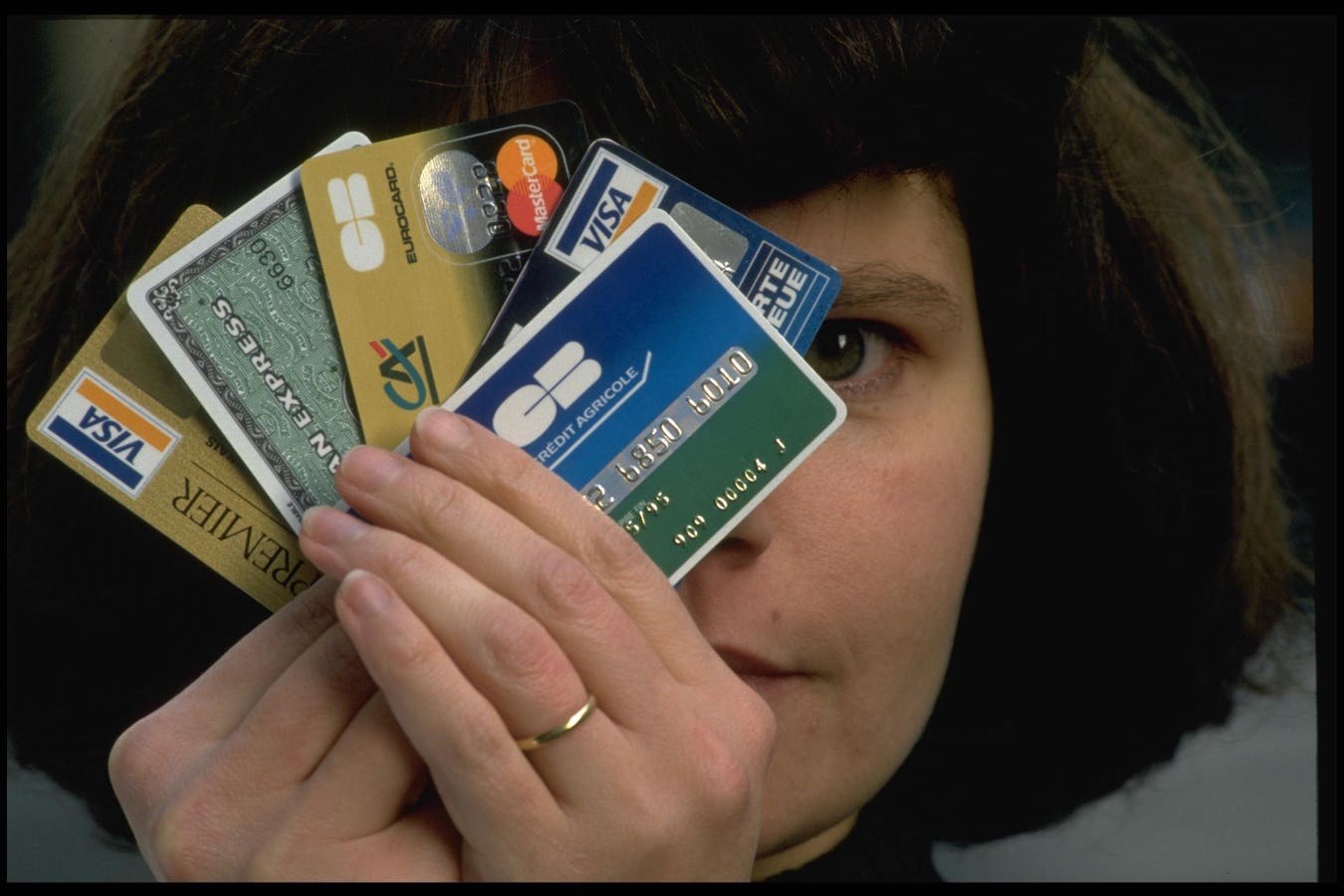If you’re a bank that issues credit cards, you have to be jumping for joy. It’s been a record year for profits as interest rates continue to rise. Not so much if you’re the one getting slammed by those fees.
Last year alone, according to the Consumer Financial Protection Bureau (CFPB), “credit card companies charged consumers more than $105 billion in interest and more than $25 billion in fees. Total outstanding credit card debt eclipsed $1 trillion for the first time since the CFPB began collecting this data.”
I know, $1 trillion is a big number. As Americans emerged from the COVID pandemic years, they started spending, often racking up massive credit card bills, which is the most expensive debt to have.
As a result, banks reaped a profit bonanza mostly from customers who racked up fees and finance charges. Here’s what the CFPB found in a recent report on credit cards:
- Annual percentage rates (APRs) continue to rise far above the cost of offering credit: Major credit card companies continue to set interest rates far above major indexes like the federal funds target rate, with an average APR margin of 15.4 percentage points above the prime rate in 2022.
- Consumers charged $130 billion in interest and fees: Credit card companies charged borrowers the highest amount of interest and fees ever measured by the CFPB’s data. Cardholders were charged over $105 billion in interest in 2022, along with $25 billion in fees.
- Consumers were charged $14.5 billion in late fees, returning to pre-pandemic levels and up from $11.3 billion in 2021: Late fees continued to be the most significant fee assessed to cardholders in both dollar amount and frequency. More consumers are facing difficulties paying their credit card bills on time, with delinquency rates rising since the end of pandemic relief programs in 2021.
- More borrowers getting caught in debt: More cardholders are carrying balances month to month or failing behind on payments, and a greater percentage of balances are going more than 180 days delinquent. Nearly one-tenth of credit card users find themselves in “persistent debt” where they are charged more in interest and fees each year than they pay toward the principal—a pattern that could become increasingly difficult for some consumers to escape.
- Consumers with revolving balances were charged more in interest and fees than they earned in rewards: In 2022, consumers who carried debt from month to month paid 94% of total interest and fees charged but earned just 27% of rewards at major credit card companies. Consumers who paid their balances off each month paid just 6% of interest and fees charged and earned 73% of total rewards.
How To Avoid Onerous Charges
1) Pay within the grace period. If you pay your credit card bill in full before its grace period expires — usually about 30 days or so — you can avoid interest and late fees. I do this every month.
2) Shop around for a less-expensive card. The credit card business is extremely competitive. If your credit record is good, meaning you generally pay your bills on time, you’ll often qualify for a lower rate. This helps if you carry a card balance from month to month. Still, option #1 is the best route to save on unnecessary charges. The kind of card you obtain is also important. Do you want a rewards card that pays you back or one affiliated with a group you support? Then do some specialized comparison shopping.
3) File A Complaint If Your Bank Levies Abusive Fees. Consumers can submit complaints about financial products or services by visiting the CFPB’s website or by calling (855) 411-CFPB (2372).
Read the full article here












Leave a Reply